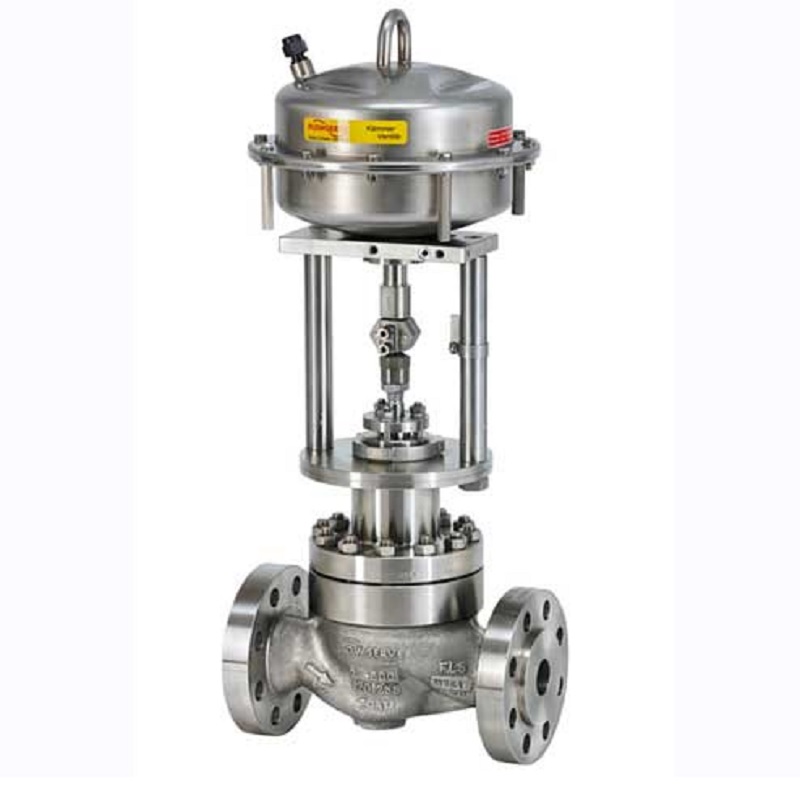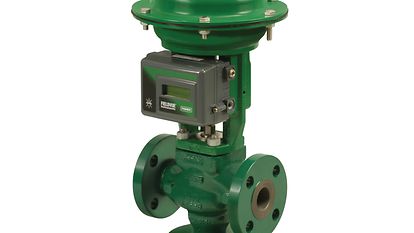How Control Valves Effect Power Effectiveness in Industrial Settings
How Control Valves Effect Power Effectiveness in Industrial Settings
Blog Article

Maximize Energy Savings and Comfort With Advanced Structure Automation Controls
In the world of modern-day style and facility management, the assimilation of sophisticated building automation regulates stands as a critical advancement. The merging of modern technology and sustainability has birthed a new period where power efficiency, comfort optimization, and functional streamlining are no much longer distant desires yet possible truths. By harnessing the power of automation, buildings can adjust, react, and progress in means that were when unthinkable. The capacity for considerable energy cost savings and improved convenience is not simply a pledge yet a possibility waiting to be fulfilled. This standard change in building administration holds the crucial to unlocking a world where ecological conscientiousness and resident health sympathetically exist together within the wall surfaces of our structures.
Power Performance Advantages
Power performance benefits can significantly minimize energy intake and operational expenses in buildings. By applying energy-efficient methods and modern technologies, structure owners and operators can achieve considerable financial savings while likewise adding to ecological sustainability. One of the key advantages of boosting energy effectiveness in structures is the decrease of utility expenses. Energy-efficient systems, such as innovative structure automation controls, can optimize the usage of resources like air conditioning, lighting, and home heating, leading to reduced power expenses gradually.
Moreover, enhanced power effectiveness can lengthen the lifespan of building devices and systems. By operating more successfully, cooling and heating systems, light, and various other building components experience less deterioration, leading to lowered maintenance and replacement costs. In addition, energy-efficient structures usually regulate higher home worths and rental prices, supplying long-lasting monetary benefits to owners.
In addition, power efficiency can enhance occupant comfort and productivity. Effectively regulated indoor environments with ideal lighting and thermal problems create an even more pleasant and favorable work area, bring about boosted worker contentment and performance. Generally, the power performance benefits connected with innovative building automation controls are multifaceted, including expense savings, ecological stewardship, and owner wellness.
Improved Comfort Control
Enhancing convenience control in structure environments calls for a sophisticated assimilation of advanced automation systems for optimal resident health. By using innovative building automation controls, facilities can tailor the indoor setting to meet the particular needs and choices of passengers. These systems allow precise law of air flow, temperature level, and illumination, creating a comfortable and efficient atmosphere. Resident satisfaction and productivity are closely linked to thermal comfort, making it crucial to have systems in position that can adjust to altering problems in real-time.
By including these advanced controls, buildings can not just boost comfort yet additionally enhance power performance by maximizing system procedures based on actual occupancy and usage patterns. Inevitably, focusing on occupant comfort through sophisticated automation systems leads to an extra pleasurable and much healthier interior setting.
Functional Effectiveness Improvements

Furthermore, the execution of real-time surveillance and analytics devices allows building drivers to recognize power inadequacies and functional anomalies promptly. By continually monitoring power usage patterns and system efficiency metrics, modifications can be made in real-time to enhance energy intake and guarantee peak functional efficiency. control valves. Additionally, integrating demand response methods into building automation controls can even more boost functional performance by dynamically changing energy use based on grid conditions and pricing signals
Indoor Environment Optimization
Efficient indoor climate optimization is a basic aspect of structure automation controls, ensuring residents' comfort and wellness while making best use of energy savings. By making use of innovative sensing units and controls, developing automation additional reading systems can continually adjust and keep track of temperature level, humidity degrees, air quality, and air flow to produce an optimal indoor atmosphere. Maintaining comfy and regular problems not just enhances passenger fulfillment but additionally enhances productivity and overall health.
Interior climate optimization also plays a critical role in energy efficiency. By fine-tuning ventilation, cooling, and home heating systems based on real-time data and tenancy patterns, constructing automation controls can significantly decrease energy usage - control valves. Executing techniques such as demand-controlled air flow and thermal zoning can help lessen power waste while making certain that each location of the building obtains the needed conditioning.

Lasting Atmosphere Production
Building automation manages not just maximize indoor environment conditions for energy effectiveness and occupant comfort however additionally lay the foundation for creating a lasting setting with strategic administration of sources and systems. By integrating advanced building automation innovations, such as sensing units, actuators, and intelligent software application, facilities can monitor and readjust energy use in real-time to lessen waste and minimize their carbon impact. These systems make it possible for predictive upkeep, determining possible problems prior to they rise and maximizing equipment efficiency to improve long life and effectiveness.
Furthermore, lasting setting creation extends past energy monitoring to encompass water conservation, waste decrease, and indoor air high quality improvement. Structure automation controls can manage water use, spot leaks, and make certain correct explanation garbage disposal methods, adding to total sustainability initiatives. Additionally, by keeping track of and regulating air flow and filtration systems, these technologies enhance passenger health and wellness and performance while decreasing energy usage connected with cooling and heating procedures.
Final Thought
In conclusion, advanced structure automation regulates offer considerable benefits in regards to power financial savings, comfort control, functional effectiveness, indoor environment optimization, and creating a sustainable atmosphere. By executing these controls, structures can attain optimum performance while reducing energy intake and enhancing resident convenience. It appears that the use of advanced automation technology is crucial in enhancing building efficiency and creating a much more sustainable future.
Energy effectiveness advantages can considerably decrease power usage and operational expenses in structures. On the whole, the power efficiency advantages linked with advanced structure automation controls are complex, encompassing price savings, ecological stewardship, and owner wellness.
Furthermore, integrating need action methods right into structure automation controls can even more improve operational performance by dynamically changing energy usage based on grid problems and rates signals.
Structure automation manages not just maximize interior climate problems for energy performance and resident convenience but likewise lay the structure for creating a sustainable atmosphere through strategic administration of systems and sources.In verdict, progressed structure automation regulates deal considerable benefits in terms of power cost savings, comfort control, operational efficiency, interior climate optimization, and developing a sustainable atmosphere.
Report this page